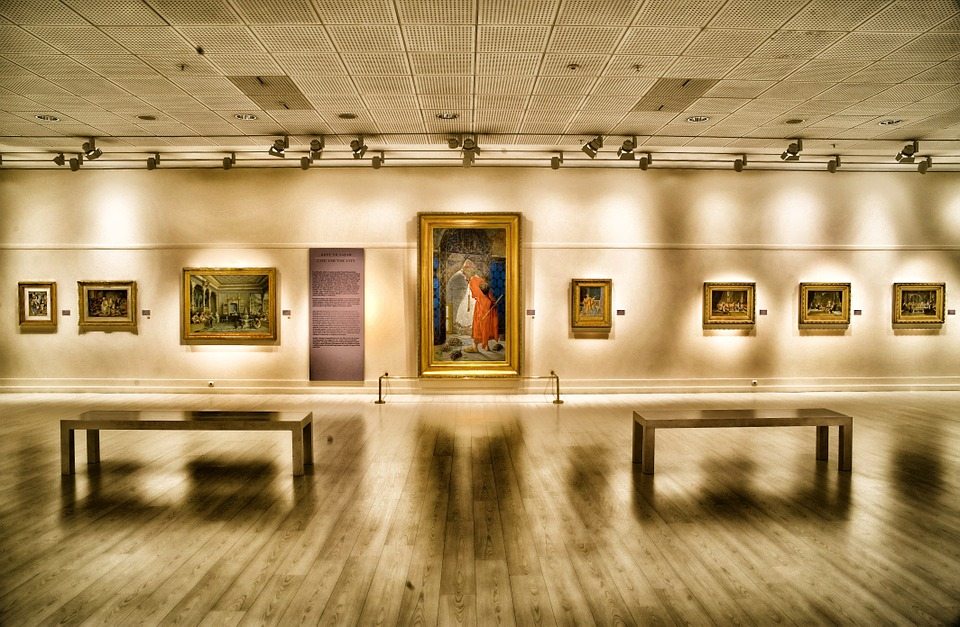Sharing and shunning: art in the age of media
Built into our generation is the want and need to share everthing we see. Standing in front of Las Meninas, in the Museo del Prado, Madrid, you are surrounded by an eager crowd who pour over the faces of the suspect royalty. Through murmurs of “enigmatic”, “complex” and “seminal” your own thoughts filter through. It’s a desire to reach for your phone, take a picture of the painting, and document the moment. To turn a painting into an image, to strip away its textures and smells and the way it reflects the light from around the room, and present it with only its most essential parts: its painted contents. As you lift your phone to get the correct framing, you receive disapproving looks from the crowd. You are reminded by an elderly man adorned in saddened corduroy that your flash must be turned off. You know this already, you want to tell him, you simply wish to post the painting online in some way. But you know he will not understand, does not share, the same desire as you to capture what you see.
It’s a social habit that is built into us – the need to share
Have you ever stopped to wonder why young people, millennials, have this yearning? It’s a social habit that is built into us – the need to share. Unlike our elders, we do not wish to experience art alone. We wish to experience it as a shared commodity, with the people we care about. A baby boomer may be content to wander around a gallery for three hours, and return home without a trace or a whisper. A millennial is far less likely to find this contenting. This is because we have been subconsciously wired, by social media, to prioritise sharing information over actually experiencing it. You may not be cognisant of it, but every time you Instagram or tweet or post on Facebook, you are putting out into the world a new piece of information, to be sorted through, shared or ignored as your audience wishes. The result of this is the spreading and sharing of art. Which, at a first glance, must seem beneficial.
There are, of course, problems with this. Art galleries may not desire to have their paintings shared online, for fear of it discouraging people from going to see the tangible thing, settling for the versions they can see from their phone screens.
We have yet to invent a way to portray a full artistic experience through social media
There is also the debate about how art should be experienced in the first place. If you take away those tangible elements – textures, smells, lighting, framing, – is it still the same painting? If not, is it close enough to the original to be able to stand as a good representation? Could art scholars analyse a google images version of The Creation of Adam, or will that never produce accurate conclusions? When writing poetry, for instance, would Auden have been able to write Musée Des Beaux Arts to the same level of artistic merit if he had scrolled across a photo that Dylan Thomas had just posted of it on Instagram?
Sharing an image of a painting is a start to sharing more art with more people, and that shouldn’t be frowned upon
The answers are, I think, negative. We have yet to invent a way to portray a full artistic experience through social media. The sprawling, impressive mass of The Creation of Adam cannot be wholly conveyed in 64 x 64 pixels, and the wandering loneliness of Auden’s poem could not be put to paper without a gallery to first experience it in. But sharing an image of a painting is a start to sharing more art with more people, and that shouldn’t be frowned upon. Perhaps one day, when we invent a fully immersive, online art gallery, that you can touch and smell and walk about in, this debate will be had in an even more impassioned way, once again.

Comments